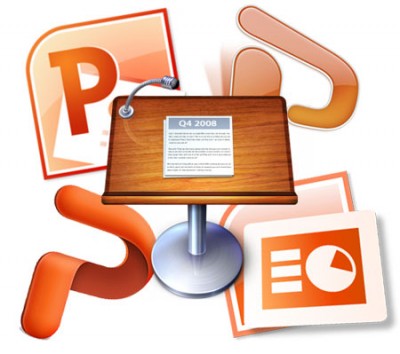How to track progress in Microsoft Project 2013
In this webinar you will see how we can manage the update of our Projects using Microsoft Project 2013. We see[…]
Read more
In this webinar you will see how we can manage the update of our Projects using Microsoft Project 2013. We see[…]
Read moreOfficial retirement of the MCITP: Enterprise Administrator on Windows Server 2008 and MCITP: Virtualization Administrator on Windows Server 2008 R2 certifications is January 31, 2014. So, what next?
Read moreYou can do more work faster by using keyboard shortcuts. To help, here are a dozen more keyboard shortcuts that will help make your SQL work faster and more efficient.
Read more
In this video we see how we can add a range of animations to our PowerPoint presentation.
Read moreA useful video tutorial showing us how to quickly download a template and setup a Microsoft Access database using Access[…]
Read more